
Bach Dang River relic site.
Three famous naval battles in history
Bach Dang River, also known as Van Cu River or Rung River, is a large river located in the northeast of Vietnam, 32km long, currently the natural boundary between Quang Ninh province and Hai Phong city. The starting point of Bach Dang River is Pha Rung, where the Da Bac River and Gia River converge, and the end point flows into the East Sea at Nam Trieu estuary. Bach Dang River is part of the Thai Binh River system, with 5 tributaries flowing into it and 3 branches bringing water to the sea.
Historically, the Bach Dang River has an important geographical position, being Vietnam's strategic gateway to the East Sea. This is considered the key waterway to follow the sea to the Northern Delta and ancient Thang Long, from the Nam Trieu estuary through the Kinh Thay, Duong and Red rivers. Therefore, in many invasions, the Northern dynasties chose the Bach Dang River as the waterway to advance into our country's territory. Historically, there have been three famous naval battles of the Vietnamese army and people against foreign invaders.
With the first Bach Dang victory in 938, Ngo Quyen crushed the invasion plot of the Southern Han army, ending a thousand years of Chinese domination, opening a period of national independence and autonomy. Ngo Quyen is honored as the founder of the nation.
The second Bach Dang victory in 981 is associated with the name of the talented military commander - King Le Dai Hanh (Le Hoan). During the invasion of the Song Dynasty, under the talented command of Le Dai Hanh, the army and people of Dai Co Viet won a glorious victory over the powerful enemy.
The third Bach Dang victory in 1288, during the third resistance war against the Yuan-Mongol, was a resounding victory of the army and people of Dai Viet led by the Duke, Commander-in-Chief Hung Dao Vuong, along with the retired Emperor Tran Thanh Tong and King Tran Nhan Tong. This is considered the largest naval battle in Vietnamese history and the most typical victory of Dai Viet in the three resistance wars against the Yuan-Mongol.
All three of these battles had in common the use of the tides of the Bach Dang River to set up a battle of sharp stakes to destroy the enemy's warships. The battles in different periods demonstrated the solidarity of the Vietnamese army and people, their hatred of foreign invaders, and the nation's desire for peace , independence, and autonomy.
A place to preserve the spirit of a thousand years
More than 1,000 years have passed since the first Bach Dang battle. The Bach Dang naval battles will forever be remembered in history books, as a lesson and shining example for future generations about the tradition of patriotism. The Bach Dang River has become a legendary river.
In the Nine Urns set cast by King Minh Mang of the Nguyen Dynasty in 1835 and placed in the Hue Citadel, the image of the Bach Dang River, one of the nine typical rivers in Vietnam, was engraved on the Urn. In the third year of Tu Duc (1850), the Bach Dang River was again listed as a major river by the Nguyen Dynasty, recorded in the worship book, and every year, officials were sent to prepare offerings to worship the river god, considering Bach Dang as the sacred river that protects the nation's water. And the Bach Dang Giang relic site is a place that preserves a thousand-year-old spirit, expressing national pride and remembering the merits of the heroes who protected the country.
Bach Dang Giang relic site is located in the Trang Kenh relic and scenic complex, in Minh Duc town (Thuy Nguyen district, Hai Phong), about 20km northeast of the city center. This relic site has an area of about 20 hectares, is a place to worship and commemorate national heroes, preserving historical and cultural values related to the events and characters of the heroic naval battles of the past.
Here, at first, there was only an ancient temple to worship the souls of the martyrs who sacrificed their lives on the Bach Dang River. From 2008 to 2016, architectural works were built one after another, including: Ancient Pebble Garden, Victory Pillar; Bach Dang Giang Temple to worship King Ngo Quyen; Trang Kenh Vong De Temple to worship Emperor Le Dai Hanh; Trang Kenh Temple to worship National Duke and Commander-in-Chief Hung Dao Vuong Tran Quoc Tuan, Trang Kenh Truc Lam Temple, Thanh Mau Temple, President Ho Chi Minh Temple, Museum area, Victory Square... This is a continuous architectural complex, in harmony with the landscape of mountains, rivers, and traditional architectural style.
Among the items, the most notable is Victory Square. This is a large yard floating on the water, connected to the shore by a bridge. On the square there is a ceremonial yard, a boat dock and the highlight is 3 bronze statues of 3 national heroes associated with the Bach Dang victories in history: King Ngo Quyen, Emperor Le Dai Hanh, Hung Dao King Tran Quoc Tuan. The statues show a majestic and imposing demeanor, their eyes looking straight down to the river as if commanding the battle but also exuding generosity and tolerance. Next to Victory Square, under the river is a model of a wooden stake field recreating the ancient battlefield.
Bach Dang Giang relic site is a sacred land, a connecting point between the nation's heroic past and the present, expressing the aspiration for an independent and powerful Vietnam. Coming here, visitors can go back in time, listen to thousand-year-old stories filled with national pride, in a majestic, poetic and open natural setting. On November 4, 2020, Bach Dang Giang relic site was ranked as a National Historical Relic.
Source








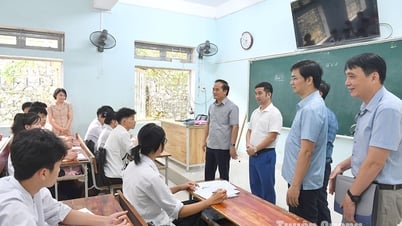



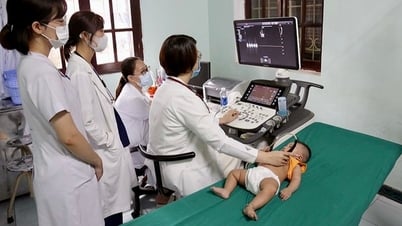

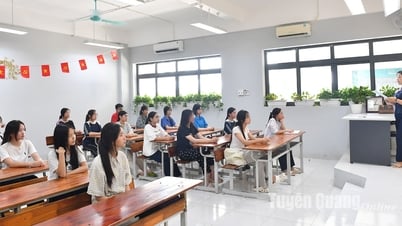
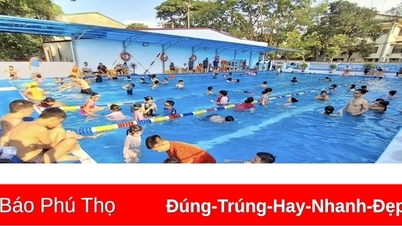

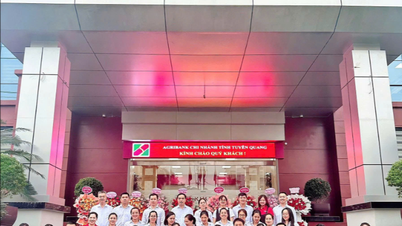














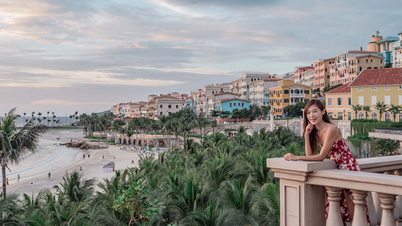










































































Comment (0)